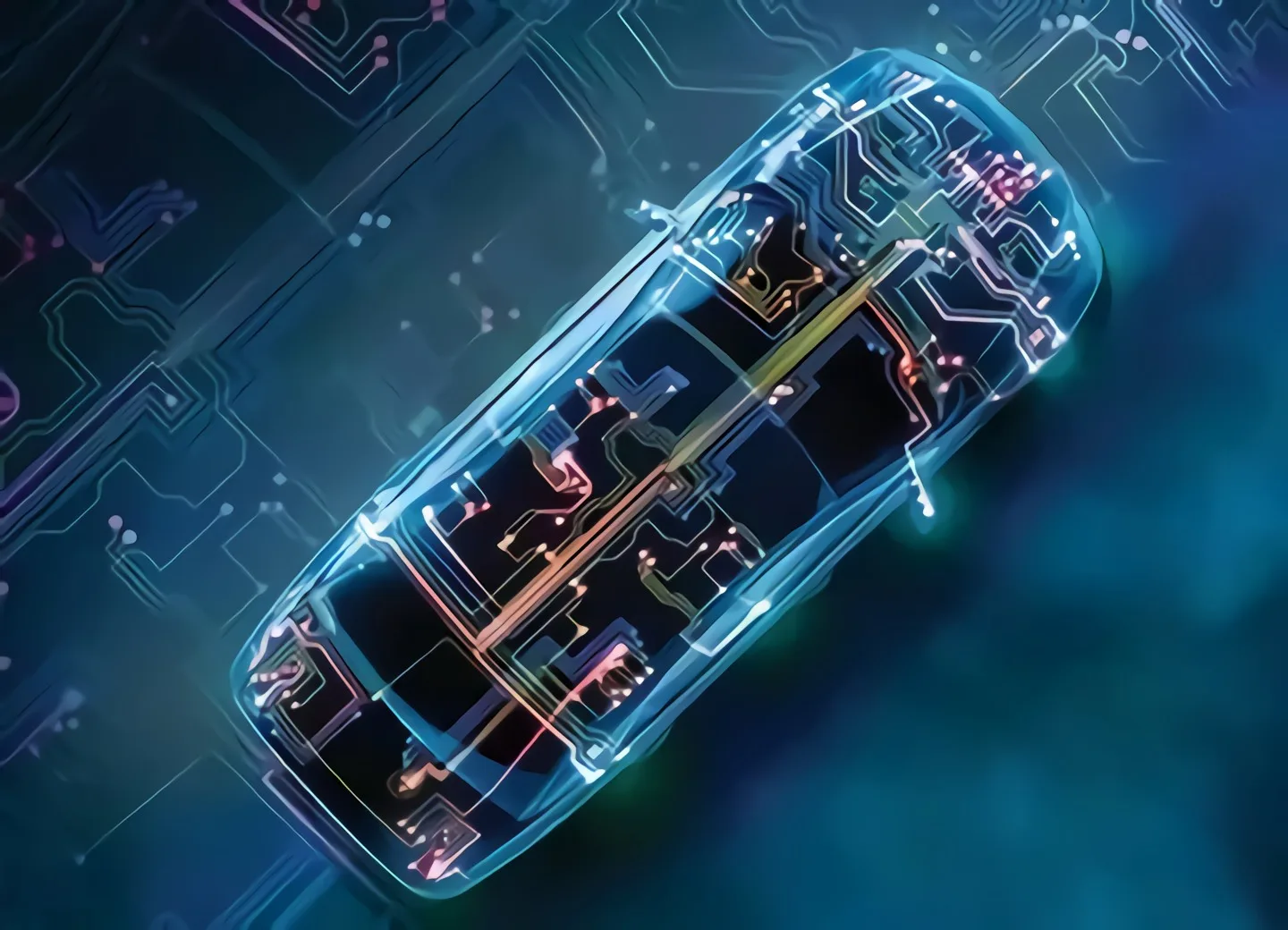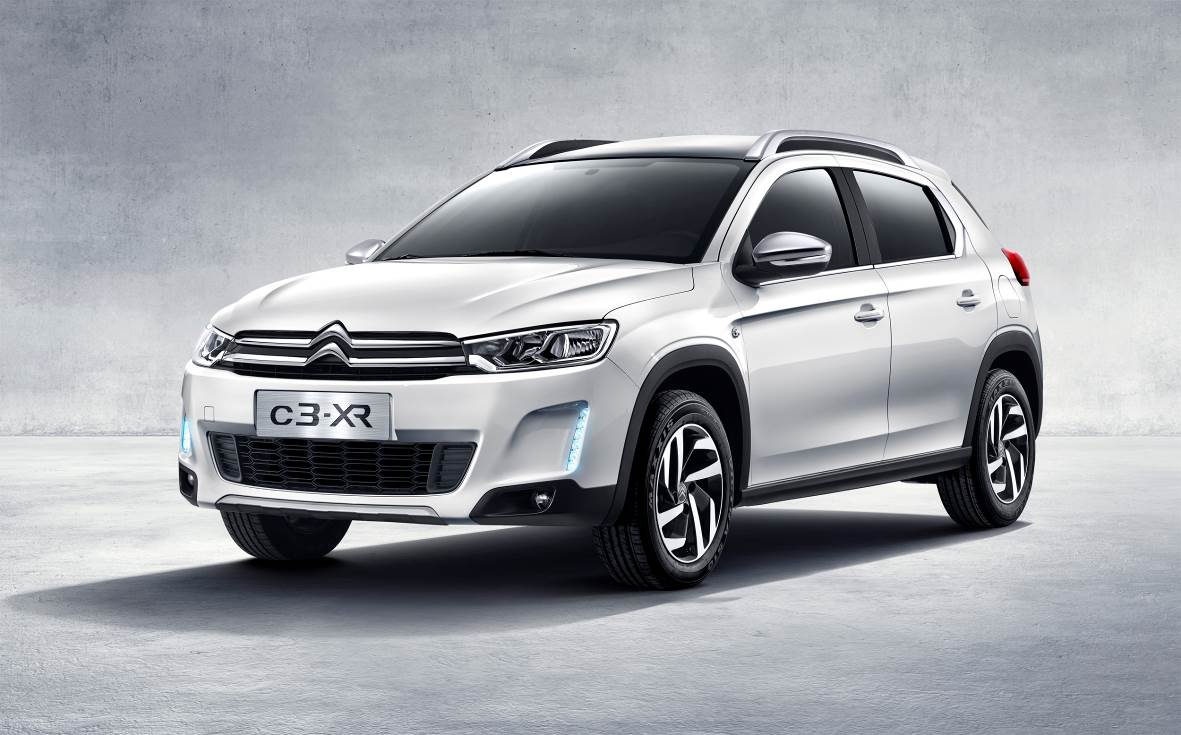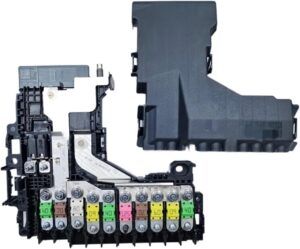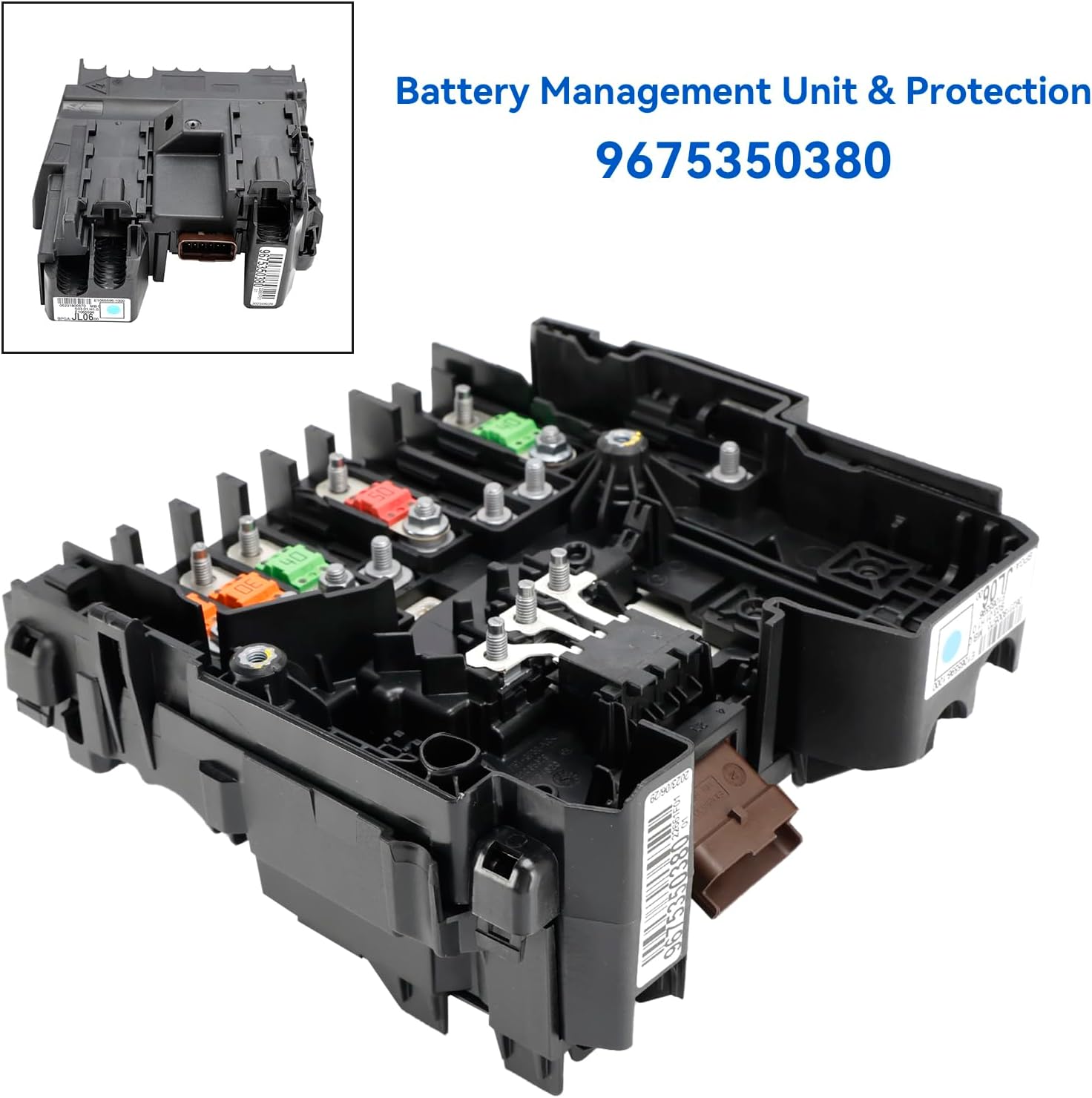Last Updated on 2025-06-24 by Car Parts Expert
With the rapid development of science and technology, cars are no longer simple means of transportation, but high-tech products that integrate multiple technologies such as machinery, electronics, information, and communications. Among them, electrical and electronic equipment, as an important part of the car, not only greatly improves the performance, safety, and comfort of the car, but also provides a solid foundation for the realization of the intelligence and networking of the car. This article will deeply explore the development status, key technologies, application trends, and future prospects of automotive electrical and electronic equipment and their accessories.
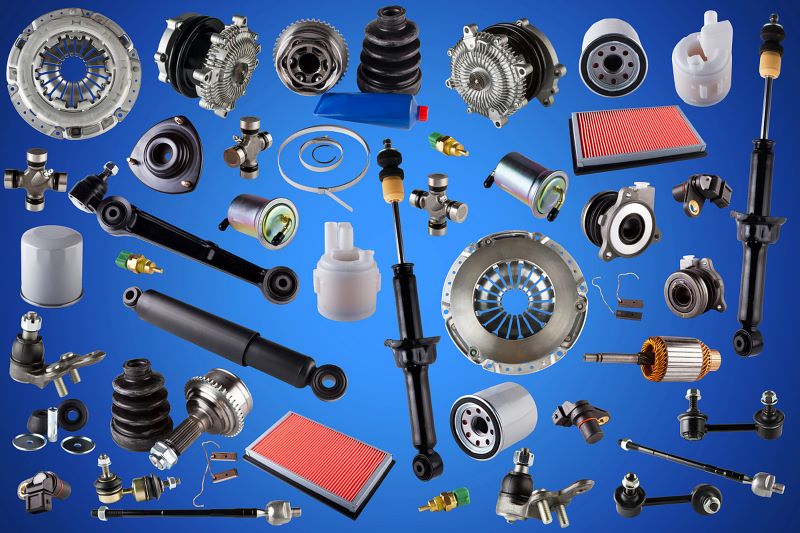
1. Development Status of Automotive Electrical and Electronic Equipment
In recent years, with the continuous advancement of automotive electronic technology, the types and functions of automotive electrical and electronic equipment have become increasingly rich. From the initial simple electronic equipment such as lighting, audio, and air conditioning to today’s complex systems such as power control systems, safety assistance systems, and infotainment systems, the integration and intelligence level of automotive electronic equipment has been continuously improved.
1. Power Control System
The power control system is one of the cores of automotive electronic equipment. It optimizes the power output, fuel consumption, and emissions of the car through precise control of key components such as the engine and transmission. At present, advanced power control systems can realize functions such as automatic start and stop of the engine, intelligent cruise, and energy recovery, which effectively improves the fuel economy and driving experience of the car.
2. Safety assistance system
The safety assistance system is another important component of automotive electronic equipment. It monitors the environment around the vehicle in real time through sensors such as radar and cameras, and provides drivers with auxiliary functions such as collision warning, lane keeping, and automatic emergency braking, effectively reducing the incidence of traffic accidents. With the continuous development of autonomous driving technology, safety assistance systems will play a more important role in the future.
3. Infotainment system
The infotainment system is an indispensable part of modern cars. It integrates multiple functions such as navigation, music, video, and Bluetooth phone, providing drivers and passengers with a rich entertainment and information experience. With the popularization of intelligent network technology, the infotainment system will also achieve interconnection with mobile phones, smart homes and other devices, further improving the intelligence level of automobiles.
2. Key technologies of automotive electrical and electronic equipment
The development of automotive electrical and electronic equipment is inseparable from the support of a series of key technologies. These technologies not only promote the continuous innovation and upgrading of automotive electronic equipment, but also provide a strong guarantee for the realization of intelligent and networked automobiles.
1. Microcontroller technology
The microcontroller is the core control component of automotive electronic equipment. It realizes precise control of various systems of the car by processing and analyzing the input signals of the sensor. With the continuous advancement of microcontroller technology, its performance continues to improve, power consumption continues to decrease, and integration continues to increase, providing strong support for the innovation and development of automotive electronic equipment.
2. Sensor technology
Sensors are an important part of automotive electronic equipment. They can convert non-electrical quantities into electrical quantities and provide necessary input signals for microcontrollers. With the continuous development of sensor technology, its types and functions are becoming increasingly rich, including temperature sensors, pressure sensors, acceleration sensors, radar sensors, etc. These sensors play an important role in the fields of automotive safety assistance systems, power control systems, etc.
3. Bus communication technology
Bus communication technology is a key technology for automotive electronic equipment to achieve information exchange and resource sharing. By adopting bus protocols such as CAN, LIN, and FlexRay, automotive electronic equipment can achieve high-speed and reliable data transmission and communication, providing a strong guarantee for the intelligence and networking of automobiles.
4. Power management technology
Power management technology is a key technology for automotive electronic equipment to achieve efficient and reliable power supply. By adopting advanced power management chips and algorithms, automotive electronic equipment can achieve precise control and management of battery voltage and current, ensuring stable power supply of various systems in automobiles under complex working conditions.
- Sale!
 Rated 5.00 out of 5 based on 1 customer rating
Rated 5.00 out of 5 based on 1 customer rating$499.00Original price was: $499.00.$249.00Current price is: $249.00. - Sale!
 Rated 0 out of 5
Rated 0 out of 5$189.90Original price was: $189.90.$169.90Current price is: $169.90. - Sale!
 Rated 0 out of 5
Rated 0 out of 5$89.90Original price was: $89.90.$69.90Current price is: $69.90. - Sale!
 Rated 0 out of 5
Rated 0 out of 5$60.90Original price was: $60.90.$49.90Current price is: $49.90.
3. Application Trends of Automotive Electrical and Electronic Equipment
With the continuous advancement of automotive technology and the increasing diversification of consumer demand, the application trends of automotive electrical and electronic equipment present the following characteristics:
1. Continuous Improvement of Intelligence
With the continuous development of technologies such as artificial intelligence and big data, the intelligence level of automotive electrical and electronic equipment will continue to improve. In the future, cars will have more intelligent driving assistance systems, infotainment systems and comfort control systems, providing drivers and passengers with a more convenient and comfortable travel experience.
2. The trend of networking is becoming increasingly obvious
With the popularization of technologies such as 5G and Internet of Vehicles, the trend of networking of automotive electrical and electronic equipment is becoming increasingly obvious. In the future, cars will achieve interconnection with roads, other vehicles, pedestrians and other traffic participants, providing strong support for application scenarios such as autonomous driving and intelligent transportation.
3. Environmental protection and energy saving have become an important direction
With the continuous improvement of global environmental awareness, environmental protection and energy saving of automotive electrical and electronic equipment have become an important direction. In the future, cars will adopt more efficient energy management systems, power control systems and emission control systems to achieve lower fuel consumption and emission levels.
4. Growing demand for personalized customization
With the increasing diversification of consumer demand, the demand for personalized customization of automotive electrical and electronic equipment is growing. In the future, cars will provide more optional electronic equipment configurations and personalized setting options to meet the different needs and preferences of consumers.
4. Future prospects of automotive electrical and electronic equipment
Looking ahead, automotive electrical and electronic equipment will achieve breakthroughs and innovations in the following aspects:
1. Maturity and application of autonomous driving technology
With the continuous maturity of autonomous driving technology and the improvement of laws and regulations, autonomous driving cars will gradually enter the market. In the future, automotive electrical and electronic equipment will play an important role in the perception, decision-making, and execution of autonomous driving cars, and promote the widespread application of autonomous driving technology.
2. Popularization and development of intelligent networked vehicles
With the popularization and development of technologies such as 5G and Internet of Vehicles, intelligent networked vehicles will become an important direction for the development of future vehicles. In the future, automotive electrical and electronic equipment will achieve interconnection with roads, other vehicles, pedestrians and other traffic participants, and provide strong support for application scenarios such as intelligent transportation and smart cities.
3. Promotion and popularization of new energy vehicles
With the global energy crisis and the improvement of environmental awareness, the promotion and popularization of new energy vehicles will become an important trend in the development of future vehicles. In the future, automotive electrical and electronic equipment will play an important role in the battery management system and motor control system of new energy vehicles, and promote the development and application of new energy vehicles.
4. Improvement of intelligent and personalized services
With the increasing diversification and personalization of consumer needs, automotive electrical and electronic equipment will provide more intelligent and personalized services. In the future, cars will be able to provide customized driving assistance, infotainment and comfort control functions according to the needs and preferences of drivers and passengers, and enhance consumers’ travel experience.
car electrical and electronic equipment is constantly promoting the innovation and progress of automotive technology
As an important part of automobiles, automotive electrical and electronic equipment is constantly promoting the innovation and progress of automotive technology. Looking to the future, with the continuous development of trends such as intelligence, networking, environmental protection and energy saving, automotive electrical and electronic equipment will play a more important role in the fields of autonomous driving, intelligent networking, new energy vehicles, etc., and provide more convenient, comfortable, safe and environmentally friendly solutions for future travel.
